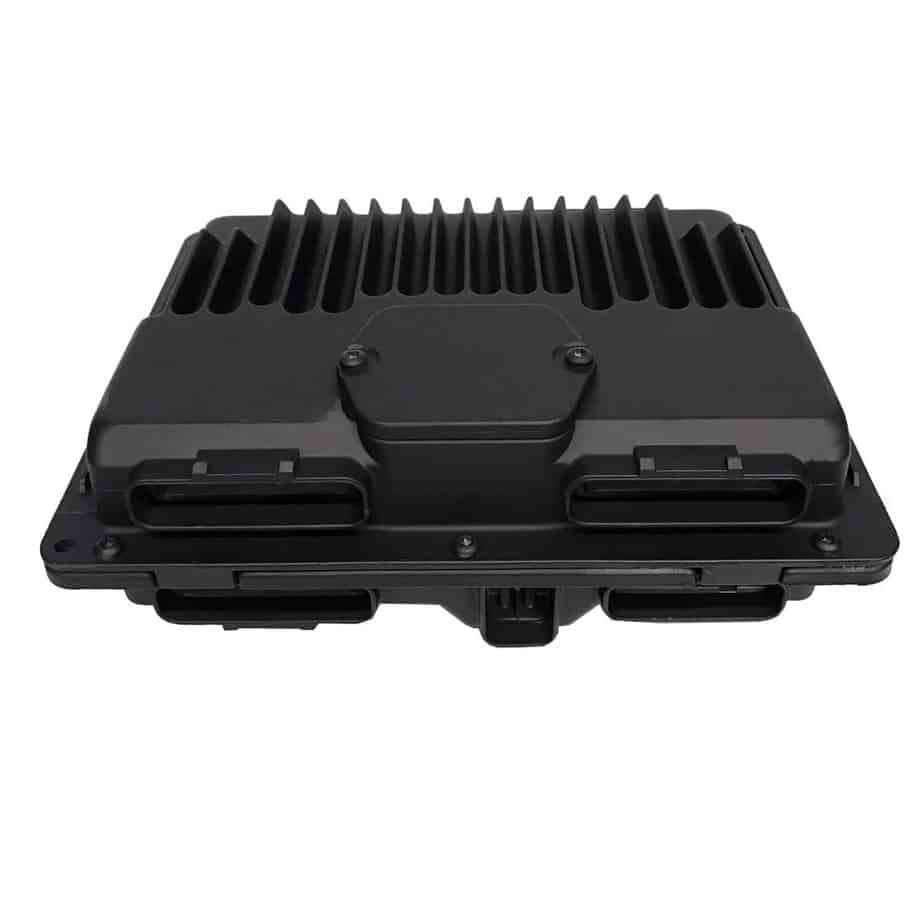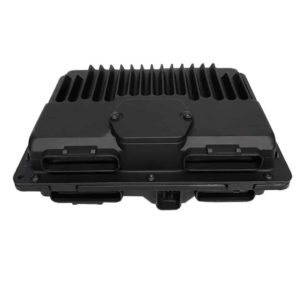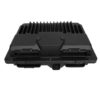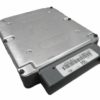Is Your Late-90s GM Truck or SUV Running Out of Ideas?
If you’re dealing with a 1998-1999 GM vehicle that’s suddenly developed a mind of its own, you know the frustration. One day it’s a reliable workhorse, the next it’s plagued with a check engine light that won’t quit, a rough idle that shakes the fillings out of your teeth, or worse—it refuses to start at all. In my 20+ years turning wrenches, I’ve seen this story play out hundreds of times. The culprit is often the very brain of the operation: the Powertrain Control Module (PCM).
These PCMs, often called ECMs, are the command center for everything from fuel injection and spark timing to transmission shift points. After decades of heat cycles, engine vibration, and exposure to the elements, the delicate internal circuits can fail, leading to a cascade of baffling electronic gremlins.
Common Symptoms of a Failing GM PCM
A faulty PCM doesn’t always fail completely. It can die a slow death, making diagnosis a real headache for the average DIYer. If your truck, van, or SUV is experiencing any of these issues, your PCM should be at the top of your suspect list:
- ✔ Check Engine Light with multiple, seemingly unrelated trouble codes (DTCs).
- ✔ Harsh or erratic automatic transmission shifting.
- ✔ A sudden, unexplained drop in fuel economy.
- ✔ Engine stumbling, stalling, or running rough.
- ✔ Complete no-start condition where the engine cranks but won’t fire up.
- ✔ Failure to communicate with a diagnostic scan tool.
Expert Pro Tip: Check Your Grounds First!
Before you condemn your PCM, do yourself a huge favor and check the main engine and chassis grounds. On these GMT400 platform vehicles, a common failure point is the ground strap from the back of the passenger-side cylinder head to the firewall, or the main ground to the frame rail. I’ve seen dozens of vehicles towed into my shop with classic ‘bad PCM’ symptoms that were fixed with 15 minutes of cleaning a corroded ground connection. A simple check with a multimeter for voltage drop can save you a lot of time and money.
The Plug-and-Play Solution: A VIN-Programmed PCM
Simply swapping a used module from a junkyard won’t work. Each PCM is programmed with software specific to the vehicle’s VIN, which dictates parameters for the engine size, transmission type, gear ratios, and anti-theft system (PassLock/VATS). This is where our service stands apart.
You are purchasing a thoroughly tested, reliable Powertrain Control Module that will be professionally programmed with the latest GM-certified software for your specific vehicle. After you place your order, you simply provide us with your 17-digit VIN, and we handle the rest. The module you receive will be a true plug-and-play part, ready for installation right out of the box. No expensive trips to the dealership for programming are required.
Guaranteed Compatibility
This module is a direct replacement for several GM service numbers. If your original module has one of the following part numbers, this is the correct part for you:
- ✔ 16250279
- ✔ 09366810
- ✔ 09355699
It is designed to fit a wide range of popular 1998 and 1999 GM models, including:
- ✔ Cadillac Escalade (1999)
- ✔ Chevrolet & GMC C/K 1500, 2500, 3500 Pickups (Gasoline)
- ✔ Chevrolet Tahoe & GMC Yukon (Gasoline)
- ✔ Chevrolet & GMC Suburban (Gasoline)
- ✔ Chevrolet Express & GMC Savana Vans (1500, 2500, 3500 Gasoline)
- ✔ Chevrolet Astro & GMC Safari Vans
- ✔ Chevrolet S10, GMC Sonoma, Oldsmobile Bravada, GMC Envoy, Isuzu Hombre (4.3L V6)
Important Note: Please verify the ID number on your original module or consult the detailed fitment list to ensure compatibility. For S-10 platform vehicles (Blazer, Jimmy, Envoy, etc.), this module fits models without the build date option ZN4.
Installation is Simple
Installation is straightforward for anyone with basic tools. After disconnecting the battery, you’ll locate your old PCM (typically in the engine bay on the driver’s or passenger’s side fender well, or near the battery in vans), disconnect the wiring harnesses, unbolt it, and install the new one in its place. Once reconnected, your vehicle should start and run correctly. In some cases, a security relearn procedure may be necessary, which can typically be done without special tools.



